7 centuries-old suits of battle armor from around the world
From Roman "fish scale" armor to Japanese samurai suits, these examples of battle armor were designed to protect and impress.
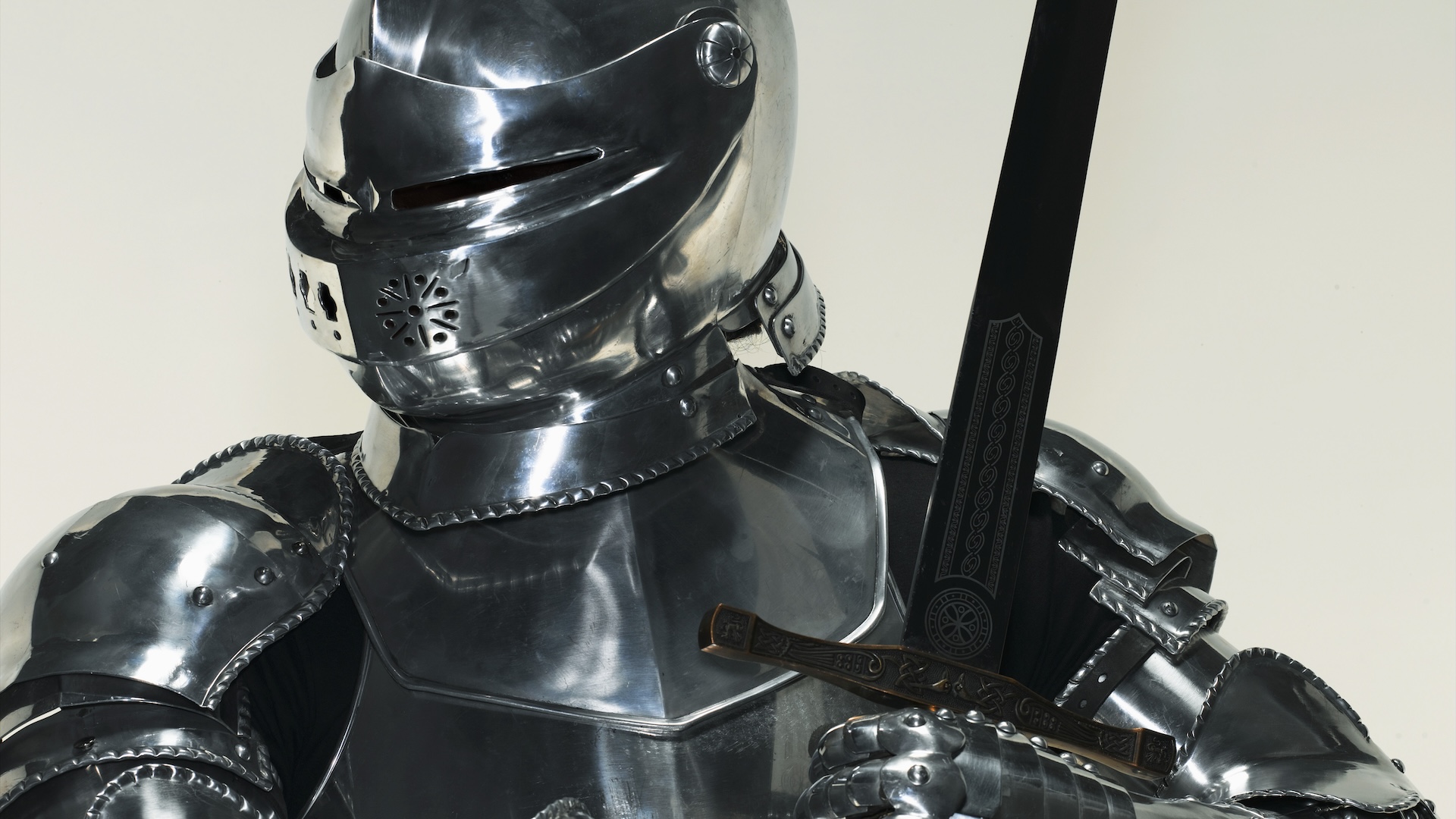
Some suits of armor were designed to impress rather than to protect; others were lifesaving tools used in battle, where they were tested against swords, spears and arrows. From the stiffened linen of ancient warriors, to the flexible chain mail of Roman soldiers, to the gleaming plate armor of medieval knights, armor has evolved over millennia to protect soldiers in battle.
But it comes at a cost: "Every suit of armor is a trade-off between mobility and defense," Barry Molloy, an archaeologist and ancient warfare expert at University College Dublin, told Live Science.
Nor is there a perfect suit of armor. "It's down to what tactics you're using, what weapons you're accompanying it with, and do you have a large or a small shield?" he said.
Here are seven suits of real battle armor from centuries past.
Dendra armor (3,500 years old)
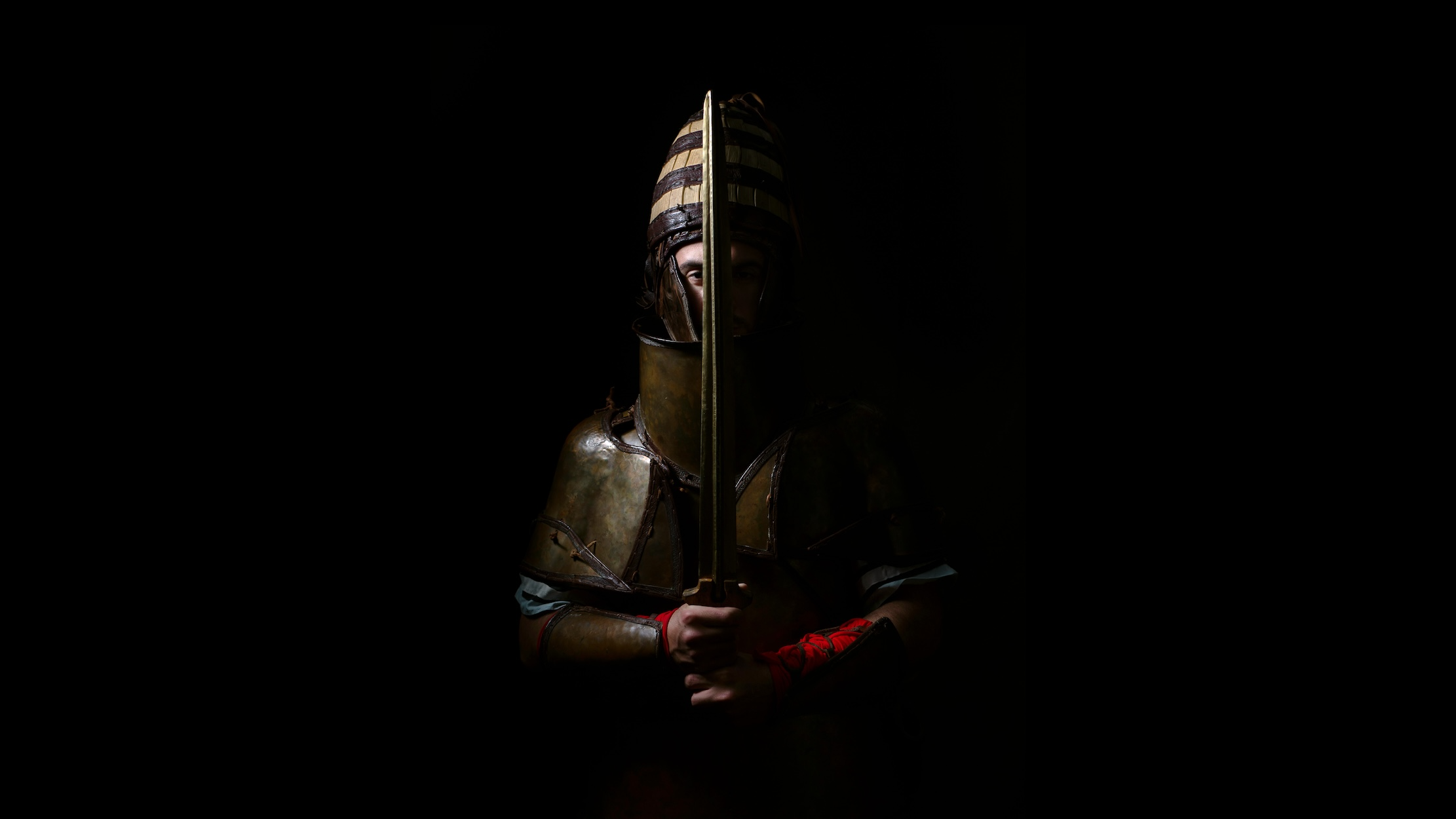
The Dendra armor was unearthed in 1960 at an archaeological site near the village of Dendra in southern Greece. It dates to around 1500 B.C. during the Mycenaean era, which began in southern Greece in about 1750 B.C. and ended around 1050 B.C., soon after the Late Bronze Age collapse.
The armor consists of more than a dozen bronze plates tied together with leather straps. They encased a warrior in bronze from their neck to their knees, while additional pieces of bronze protected the shins and lower arms. Fragments of boar's teeth also indicate the warrior wore a Mycenaean boar's-tooth helmet.
Molloy has studied and worn a precise replica of the Dendra armor and another study revealed that the armor protected users in an 11-hour battle simulation inspired by the Trojan War.
Get the world’s most fascinating discoveries delivered straight to your inbox.
Molloy said the helmet and large neck guard provided almost complete protection for the head and neck, but later developments in armor removed most of the neck protection and shifted most of the face protection to the helmet.
King Tut's armor (3,300 years old)
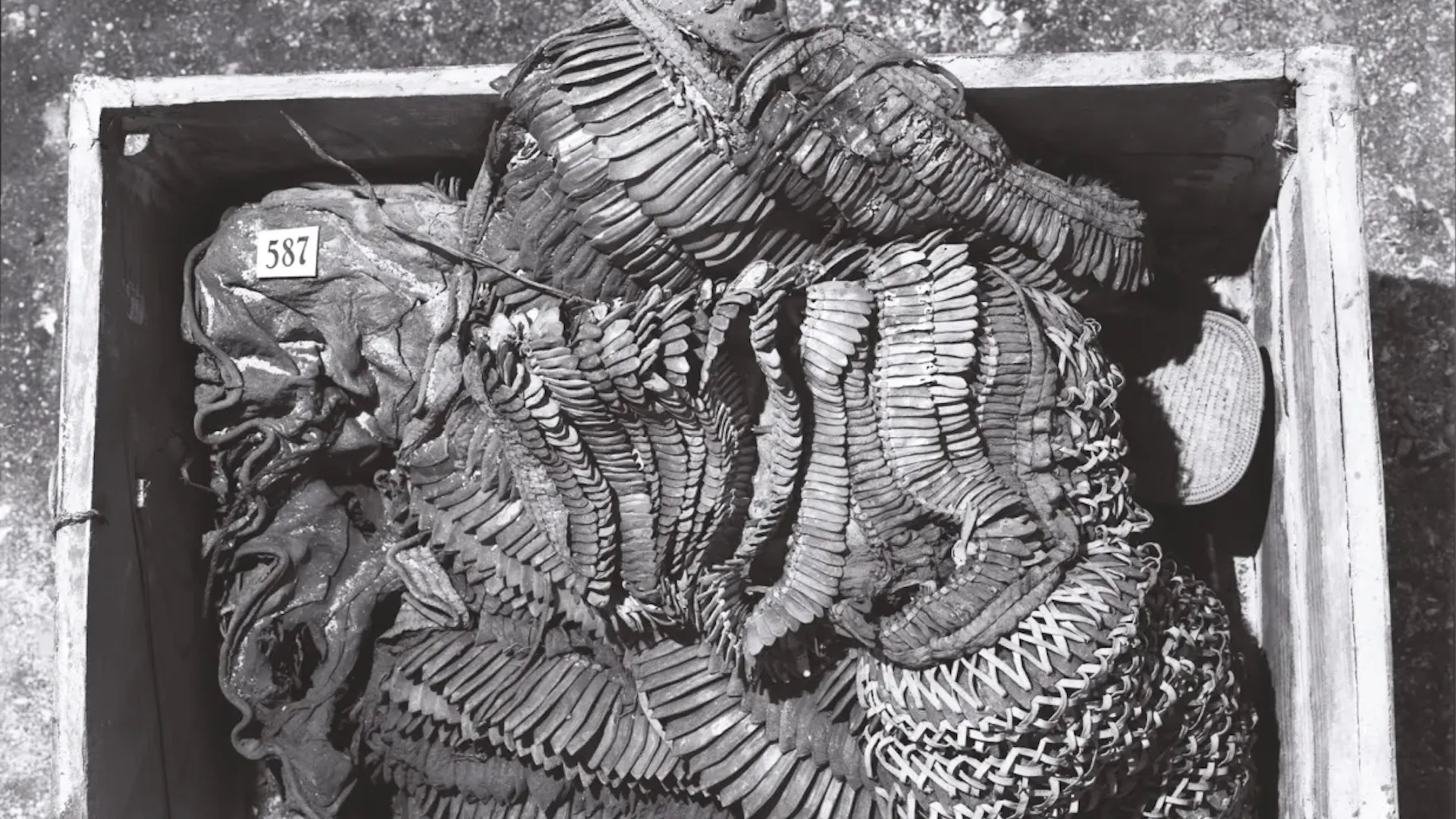
The Egyptian boy king Tutankhamun died in his late teens around 1323 B.C. This suit of leather armor was found in a box when his tomb, in the Valley of the Kings near Luxor, was opened in 1922.
Military training would have been a part of the young king's education, and it is possible — but not proven — that this armor was worn by Tutankhamun himself. The armor is now part of the collection at the Grand Egyptian Museum in Cairo. It consists of a tunic-like garment that covered the torso with thousands of small pieces of rawhide leather, which overlapped to form a fish-scale-like pattern.
Tomb paintings show King Tut wearing such armor while hunting and riding a chariot into battle. However, these may be symbolic portrayals; researchers don't think Tut was ever in combat.
"Fish scale" armor from China (2,500 years old)
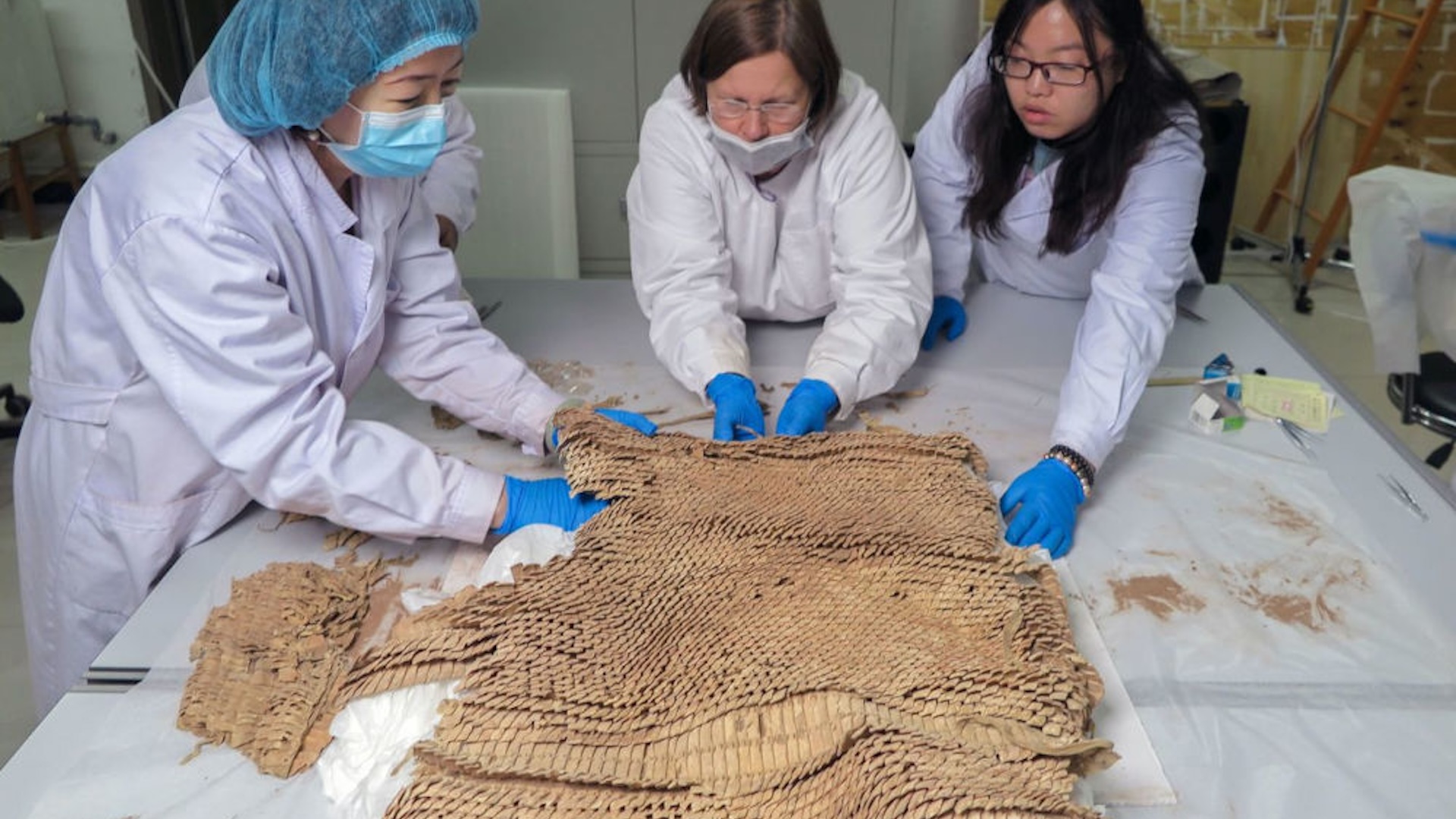
This armor tunic was made from thousands of small leather pieces in China about 2,500 years ago.
It was discovered in a grave in the Yanghai cemetery on the edge of the Taklamakan Desert, and studies suggest it was a lightweight, "one-size-fits-all" garment for equipping a large army.
It is unusual for organic materials like leather to survive so long without rotting, and researchers think the extremely dry desert environment helped to preserve it.
Patrick Wertmann, an archaeologist at the University of Zürich, told Live Science in an email that the design of overlapping leather pieces may have been inspired by fish scales. He said he was building a reconstruction of the ancient suit of armor to test its functionality and other technological aspects.
"Lorica squamata" from Serbia (1,700 years old)
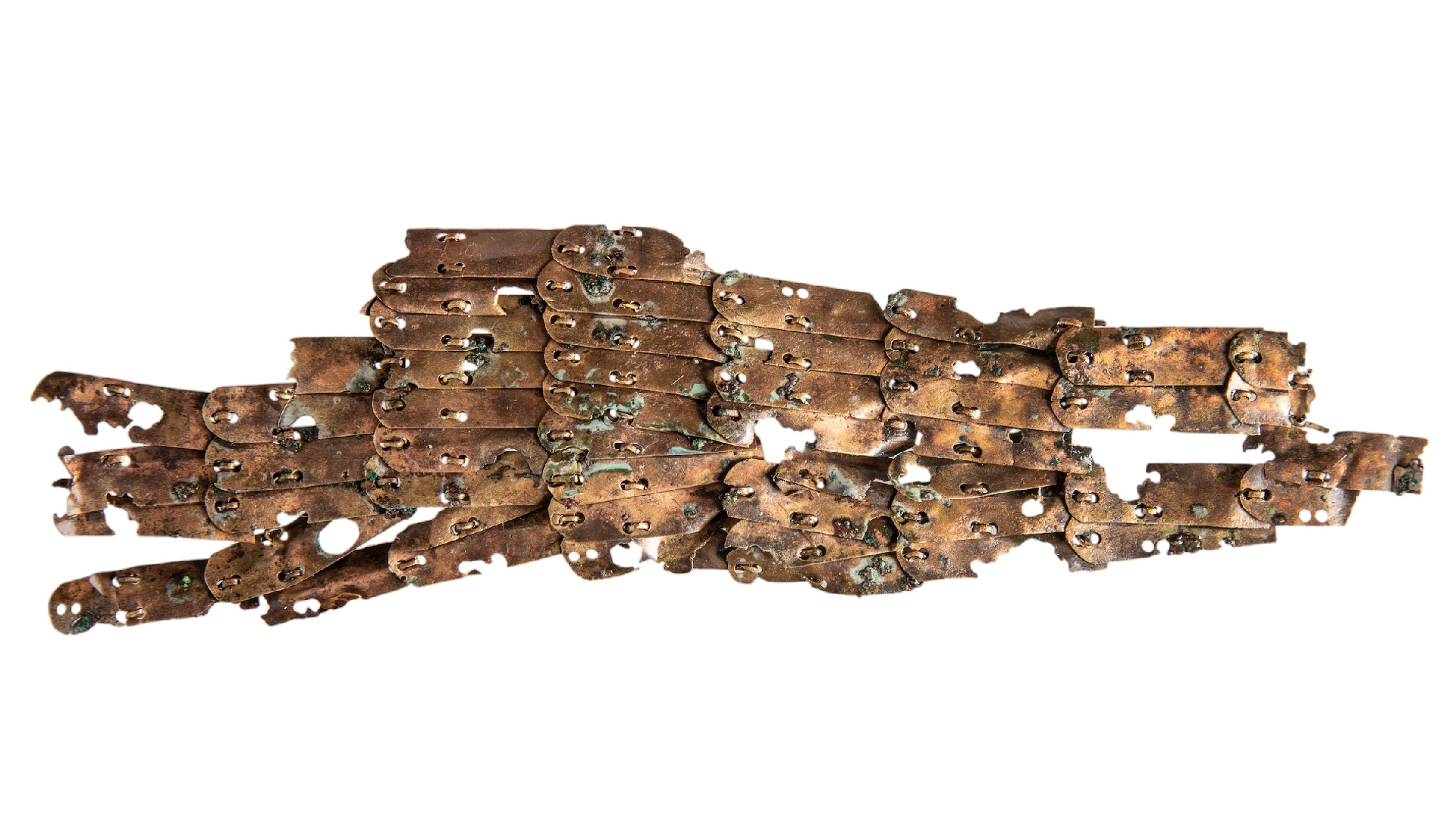
Fish-scale-style armor may have allowed for more mobility, and it was used for several centuries. Later examples include this Roman "lorica squamata" — Latin for "scale armor" — that was discovered at the Timacum Minus archaeological site in eastern Serbia.
Timacum Minus was a Roman fort until the fourth century, when it seems to have been sacked and burned by invading Goths.
Roman soldiers are now best known for their articulated suits of lorica segmentata, but different types of armor were used in various places throughout history. Researchers think lorica squamata may have signified seniority in the Roman army, and contemporary paintings and sculptures show Roman emperors wearing such armor.
Yoroi armor from Japan (700 years old)
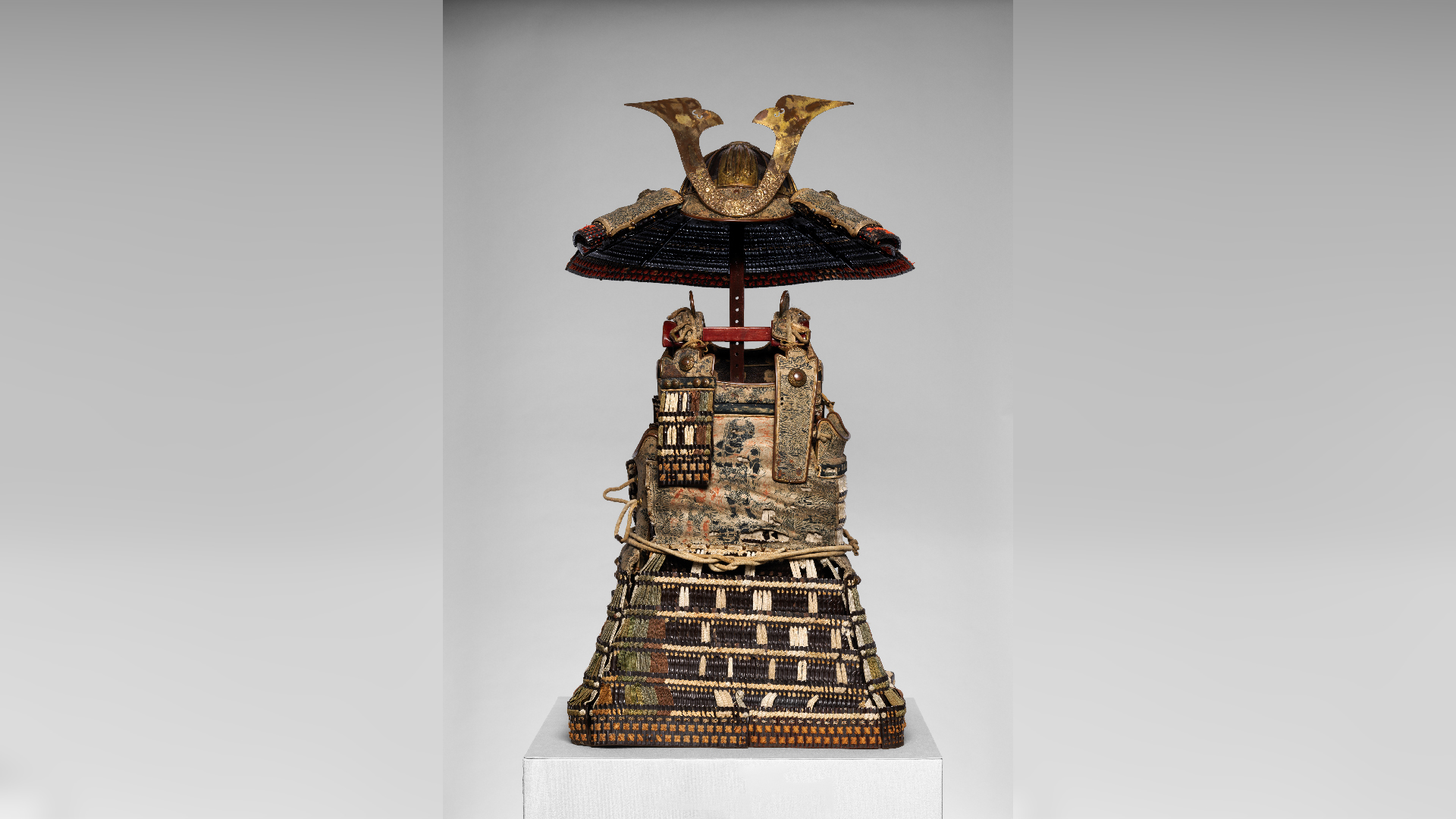
Samurai were members of an aristocratic warrior caste in Japan. They served in the Imperial and noble courts from the 12th century until being abolished in the 19th century.
In that time, samurai wore several types of armor, but the best known may be the "ō-yoroi," which means "great armor" in Japanese. This type of armor was usually worn on horseback. It was made from panels of iron and leather that were intricately ornamented with lacquered designs.
Such suits of armor became prized family relics. According to legend, this yoroi was donated to a shrine near Kyoto in the 14th century by Ashikaga Takauji, the founder of the Ashikaga shogunate that ruled Japan between 1336 and 1573.
Related: 'Incredibly rare' 2nd-century Roman armor pieced together like an 'ancient jigsaw puzzle'
Kiribati armor (300 years old)
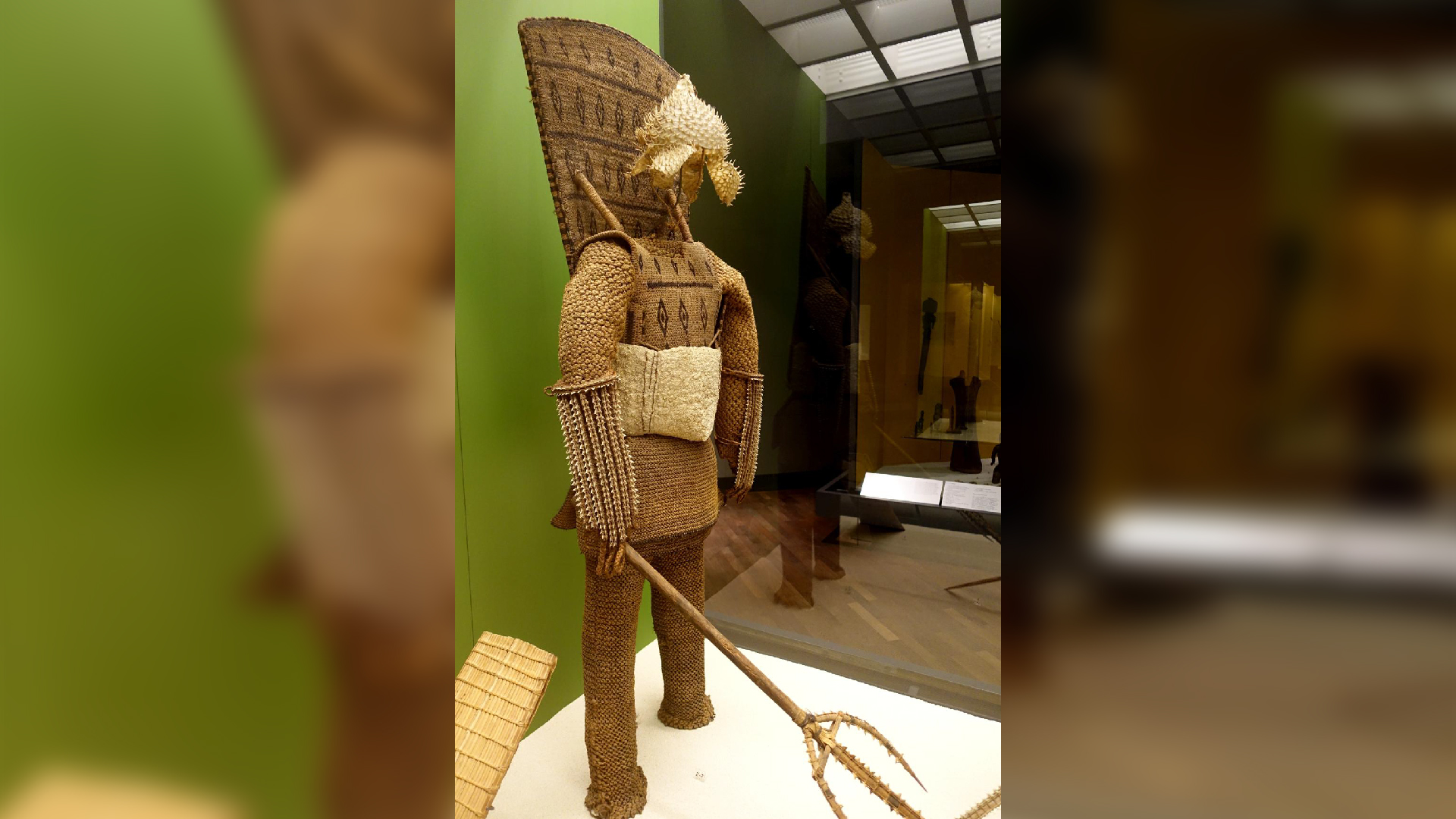
The warriors of the Pacific islands of Kiribati were not just inspired by fish — they actually wore fish as armor to protect themselves from weapons. The islands have limited resources, so the islanders used what they could, including thick layers of coconut matting and spiny helmets made from dried porcupine fish.
This type of armor has become associated with Kiribati, but researchers think it was also used on the nearby islands of Nauru and Tuvalu, probably in ritual duels that also featured swords edged with shark teeth. It is not known how long this type of armor was utilized, but European missionaries reported a decline in the use of traditional Kiribati armor in the 19th century.
Ned Kelly's armor (145 years old)
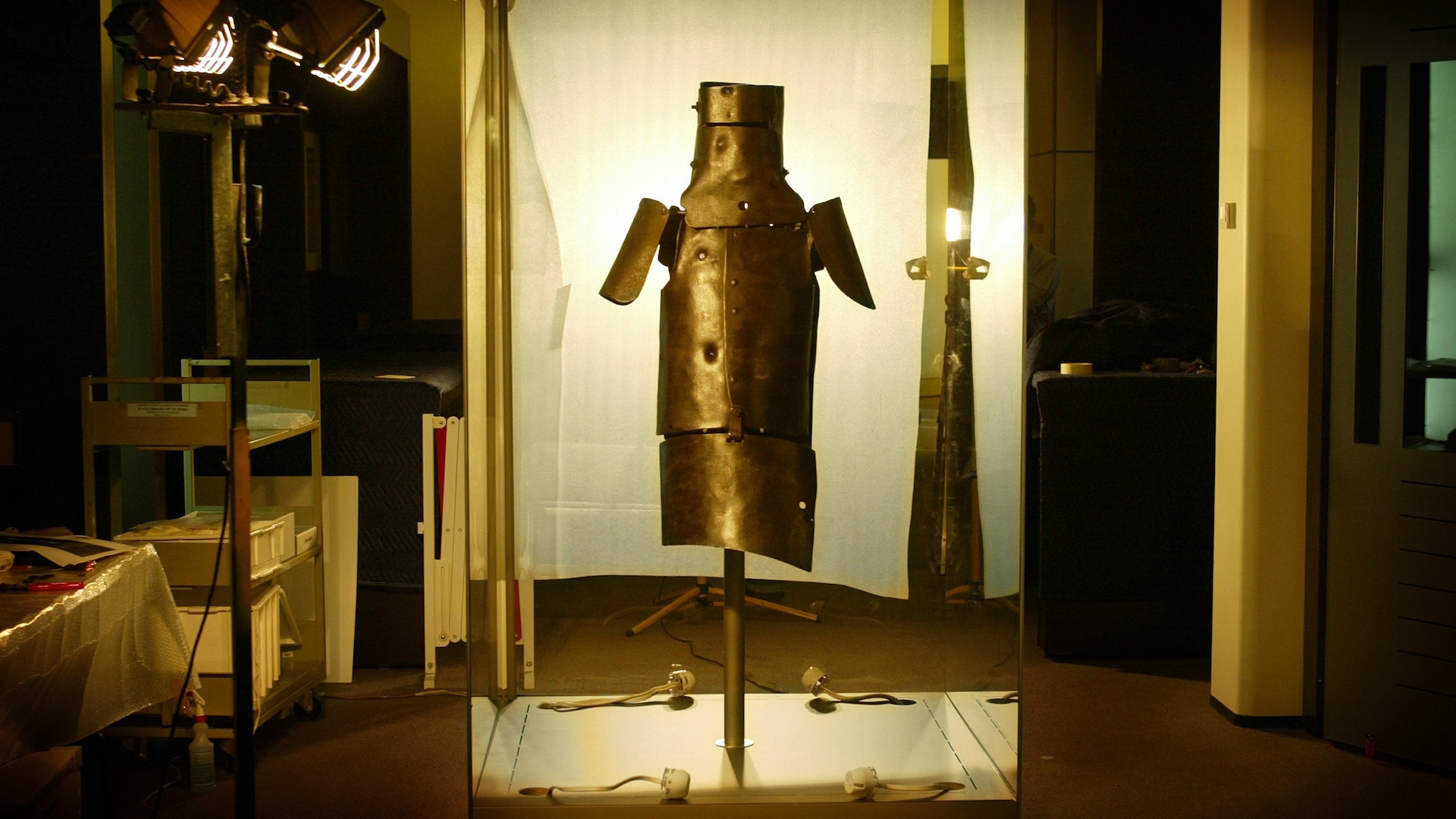
The armor used by the Australian bushranger Ned Kelly is not ancient, but it is authentic — Kelly was captured and hanged in 1880, and his armor shows the marks of being hit by 18 bullets.
According to the State Library Victoria, where the armor is on display, Kelly and other members of his gang devised the bulletproof armor in 1879. They then constructed individual suits from the steel blades of plows and wore them for a train robbery near the town of Glenrowan in June 1880.
The shock value of the suits of armor gave the Kelly gang a psychological advantage during the robbery, but they were also cumbersome to wear.
After taking hostages in a local hotel, the gang donned their armor for a 15-minute shoot-out with police. Although the armor protected Kelly's head and torso, he suffered several bullet wounds to his hands and legs that resulted in his capture, while the other members of his gang died during the siege.
Tom Metcalfe is a freelance journalist and regular Live Science contributor who is based in London in the United Kingdom. Tom writes mainly about science, space, archaeology, the Earth and the oceans. He has also written for the BBC, NBC News, National Geographic, Scientific American, Air & Space, and many others.


